
- Afrikaans
- Albanian
- Amharic
- Arabic
- Armenian
- Azerbaijani
- Basque
- Belarusian
- Bengali
- Bosnian
- Bulgarian
- Catalan
- Cebuano
- China
- Corsican
- Croatian
- Czech
- Danish
- Dutch
- English
- Esperanto
- Estonian
- Finnish
- French
- Frisian
- Galician
- Georgian
- German
- Greek
- Gujarati
- Haitian Creole
- hausa
- hawaiian
- Hebrew
- Hindi
- Miao
- Hungarian
- Icelandic
- igbo
- Indonesian
- irish
- Italian
- Japanese
- Javanese
- Kannada
- kazakh
- Khmer
- Rwandese
- Korean
- Kurdish
- Kyrgyz
- Lao
- Latin
- Latvian
- Lithuanian
- Luxembourgish
- Macedonian
- Malgashi
- Malay
- Malayalam
- Maltese
- Maori
- Marathi
- Mongolian
- Myanmar
- Nepali
- Norwegian
- Norwegian
- Occitan
- Pashto
- Persian
- Polish
- Portuguese
- Punjabi
- Romanian
- Russian
- Samoan
- Scottish Gaelic
- Serbian
- Sesotho
- Shona
- Sindhi
- Sinhala
- Slovak
- Slovenian
- Somali
- Spanish
- Sundanese
- Swahili
- Swedish
- Tagalog
- Tajik
- Tamil
- Tatar
- Telugu
- Thai
- Turkish
- Turkmen
- Ukrainian
- Urdu
- Uighur
- Uzbek
- Vietnamese
- Welsh
- Bantu
- Yiddish
- Yoruba
- Zulu
Optical Camera
An optical camera is a device that captures images using visible light, converting it into digital or film-based photographs. It is widely used in various applications, including photography, surveillance, space exploration, and scientific research, providing high-resolution imaging for multiple industries.
-
Push-Broom Camera With A Resolution Of 0.5m
Learn More Now >
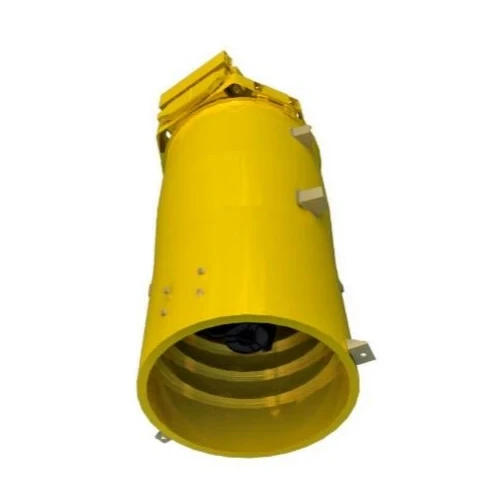
-
Push-Broom Camera With A Resolution Of 0.75m
Learn More Now >
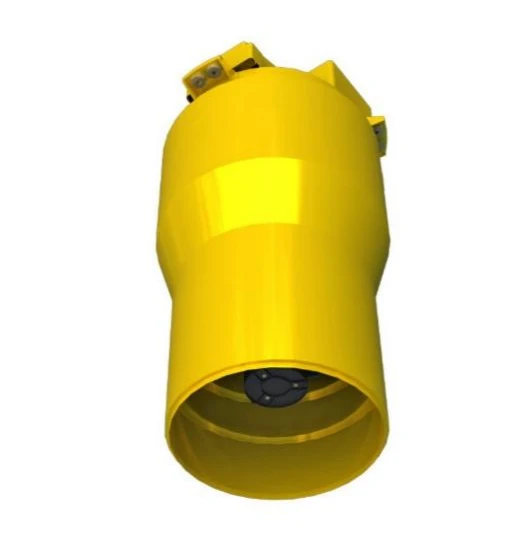
-
Large Swath Camera with Width of 150km
Learn More Now >
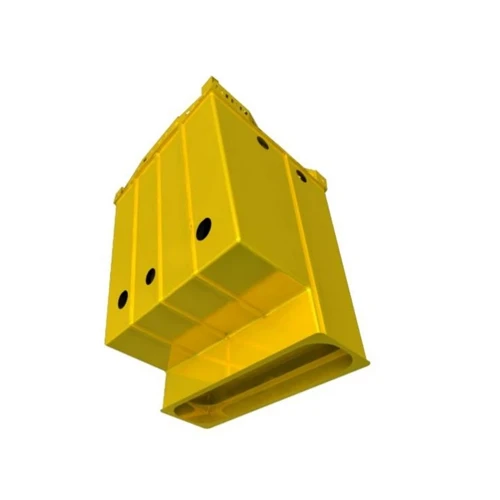
-
Multispectral Camera With A Resolution Of 5m
Learn More Now >
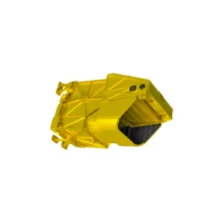
-
Micro-Nano Camera With A Resolution Of 2m
Learn More Now >
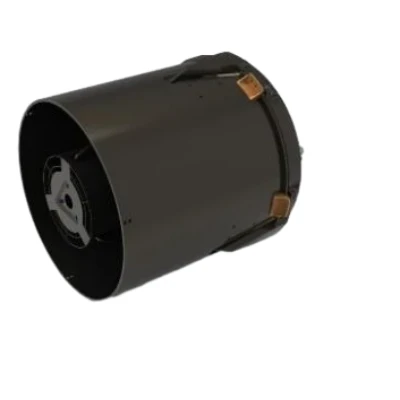
-
Night-Time Camera With A Resolution Of 50m
Learn More Now >
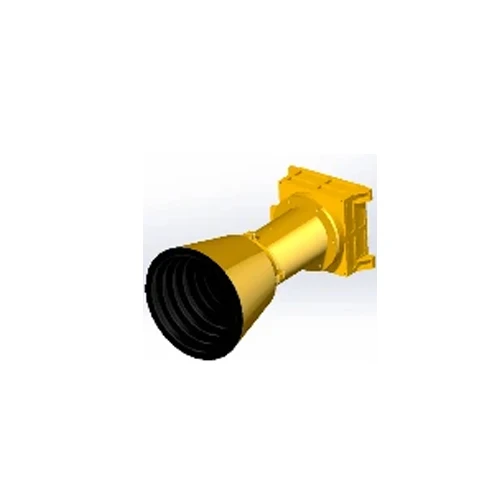
Fill out the inquiry form below, and our team will assist you with the best solutions!
Completely synergize resource taxing relationships via premier niche markets professionally.
Contact UsWhat Are The Key Features And Applications Of Optical Cameras?
Optical cameras are designed to capture images by focusing light onto a sensor or film, making them an essential tool for numerous fields. Their key features include high-resolution imaging, advanced lens technology, autofocus capabilities, and real-time image processing. These features enhance the camera’s ability to deliver sharp, detailed images for a wide range of applications.
One of the most common applications of optical cameras is in professional photography and videography. High-resolution cameras with advanced lens systems are used to create stunning images and videos in fields like journalism, filmmaking, and advertising. The ability to control exposure, focus, and color balance allows photographers and videographers to produce high-quality visual content.
In surveillance and security, optical cameras play a crucial role in monitoring public and private spaces. Security cameras equipped with optical zoom and night vision capabilities provide detailed images that help law enforcement and businesses enhance safety. These cameras are widely used in CCTV systems, traffic monitoring, and crime prevention.
Another important application is in space exploration and astronomy. Optical cameras mounted on satellites and telescopes capture images of celestial bodies, helping scientists study planets, stars, and galaxies. Telescopic cameras, such as the Hubble Space Telescope, have provided some of the most detailed images of the universe, aiding in astronomical research.
Optical cameras are also essential in scientific research and medical imaging. In microscopy, high-resolution optical cameras are used to examine biological samples at a microscopic level, helping researchers and doctors diagnose diseases and conduct experiments. Similarly, cameras used in endoscopy allow doctors to explore internal organs and perform minimally invasive surgeries.
Overall, optical cameras are a versatile and indispensable technology that continues to evolve with advancements in imaging sensors, artificial intelligence, and digital processing. Their wide-ranging applications make them a fundamental tool in modern society.
Key Features and Applications of Optical Cameras
-
 High-Resolution ImagingDelivers sharp and detailed images with advanced sensor technology for professional and scientific use.
High-Resolution ImagingDelivers sharp and detailed images with advanced sensor technology for professional and scientific use. -
 Surveillance and SecurityProvides real-time monitoring and recording with optical zoom and night vision capabilities.
Surveillance and SecurityProvides real-time monitoring and recording with optical zoom and night vision capabilities. -
 Space Exploration and AstronomyCaptures images of celestial bodies and deep-space phenomena, aiding in scientific discoveries.
Space Exploration and AstronomyCaptures images of celestial bodies and deep-space phenomena, aiding in scientific discoveries. -
 Medical and Scientific ImagingSupports research and diagnostics through high-precision imaging in microscopy and medical procedures.
Medical and Scientific ImagingSupports research and diagnostics through high-precision imaging in microscopy and medical procedures.











